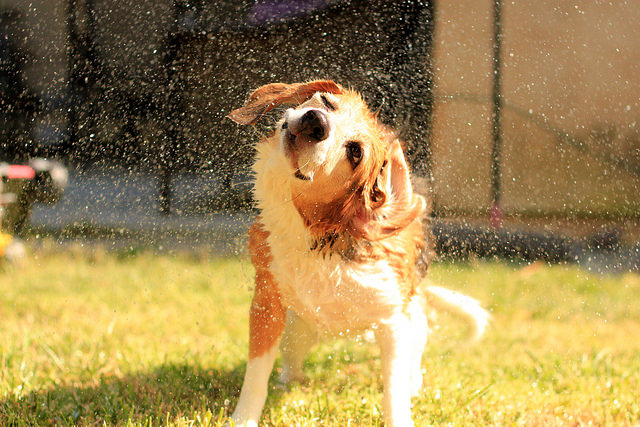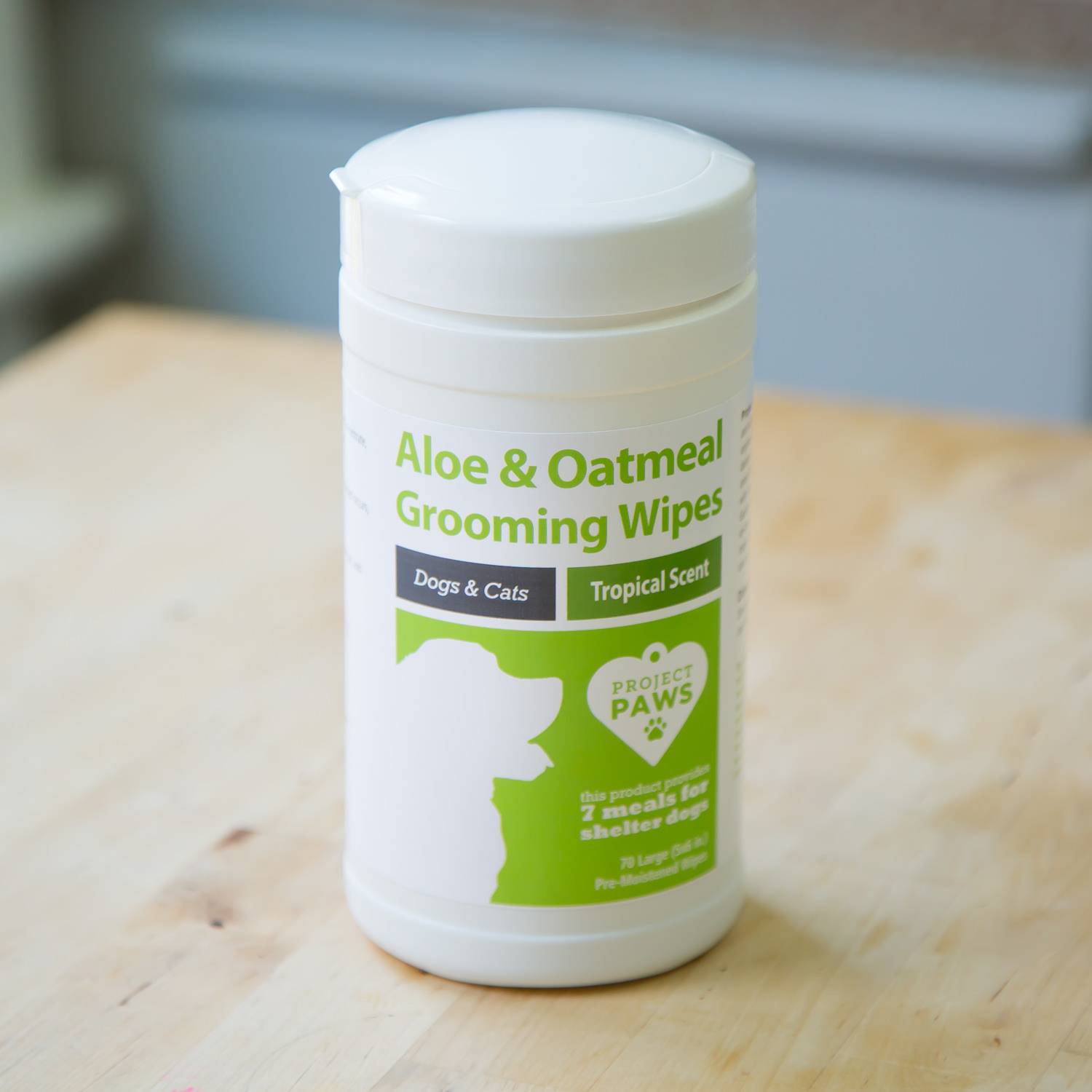All dogs need to be cleaned sometimes, and some more than others! Because humans bathe frequently and take good hygiene for granted, we may think that baths are not particularly important or difficult, but there are some things that you should know when it comes to canine cleansing.
1. All shampoos are not created equal.
Consumer advocates have published blog posts that declare that the human shampoo market is just a scam and that all shampoos are the same. It could be true for human shampoos (although I have my likes and dislikes), but for dogs, there actually can be a difference. Some shampoos have additives to kill parasites. Some have ingredients to battle oily skin and hair. Some are even bacterial or anti-fungal. Don’t just randomly choose a shampoo for your dog. Read labels and ask your veterinary team for their input.

2. You can overdo it.
Shampoos usually contain ingredients that strip oil to help the coat feel fresh and clean. Stripping the oils from a pet’s coat can be done too often. Take into account your pet’s type of hair and ask your veterinary team to help you decide how often your dog needs a good bath. If you have to bathe your dog more than once weekly, you might ask your veterinarian or groomer for input on a good quality coat conditioner. Again, if your pet has a skin problem, don’t ask anyone but your veterinarian. Skin disease is a very common reality and will require medical management under the care of a vet.
3. It does not need to be a battle.
Dogs can be trained to enjoy baths, but only if you are patient. Since baths don’t hurt, they don’t have to be scary. Train your dog that baths are good. Use warm and comfortable water. Instead of spraying with a hose or sprayer, use a cup to pour the rinse water over the dog. Higher pressure water can be frightening. Keep a bucket of treats available that are so special that she looks forward to them. She can only get them when she is in the bath and being cooperative, though. Make it fun for both of you.
4. Beware of medical skin problems.
There can be medical reasons that define when and how to bathe your dog. Dogs get skin conditions just like people. They can have seborrhea (excessive oil production) or even seborrheic dermatitis (which means the skin is actually inflamed in addition to oily). Atopic dermatitis affects the skin and hair coat of lots of dogs and a shampoo protocol may be a part of the treatment plan. These shampoos are usually available by prescription only, so don’t be fooled by internet knock offs.

5. Bathing can be a “water hazard”.
The hazard comes if you get water into your dog’s ears. If you do, use a drying ear cleanser as soon as you can. Water in the ears can predispose ears to infection by making the dark and warm area even more of a resort for bacteria and yeast by being damp. Be sure that you don’t accidentally get water in the ears as you bathe and never purposefully put water (or any liquid) in the ears unless it is specifically designed and labeled for that purpose. Those DIY ear rinses containing water or peroxide can be a recipe for disaster! There are commercial solutions made to help dry out moisture in the ears, so if your dog swims or you do get water in the ears when bathing, you can use one of those.
Baths are a necessary part of hygiene, but may not be as innocuous as they seem to us. If you are not careful, you can create more issues than you solve with baths done incorrectly. Take advantage of the relationship you have with your vet to get good quality advice, even if you feel that you have a veterinarian that you cannot approach and communicate with, be sure to try to start the conversation!
The iHeartDogs store carries several items to keep your dog squeaky clean! Every purchase provides for shelter dogs in need!

Do you love to learn about dogs? I love talking about them! Find me on Facebook by clicking here.

